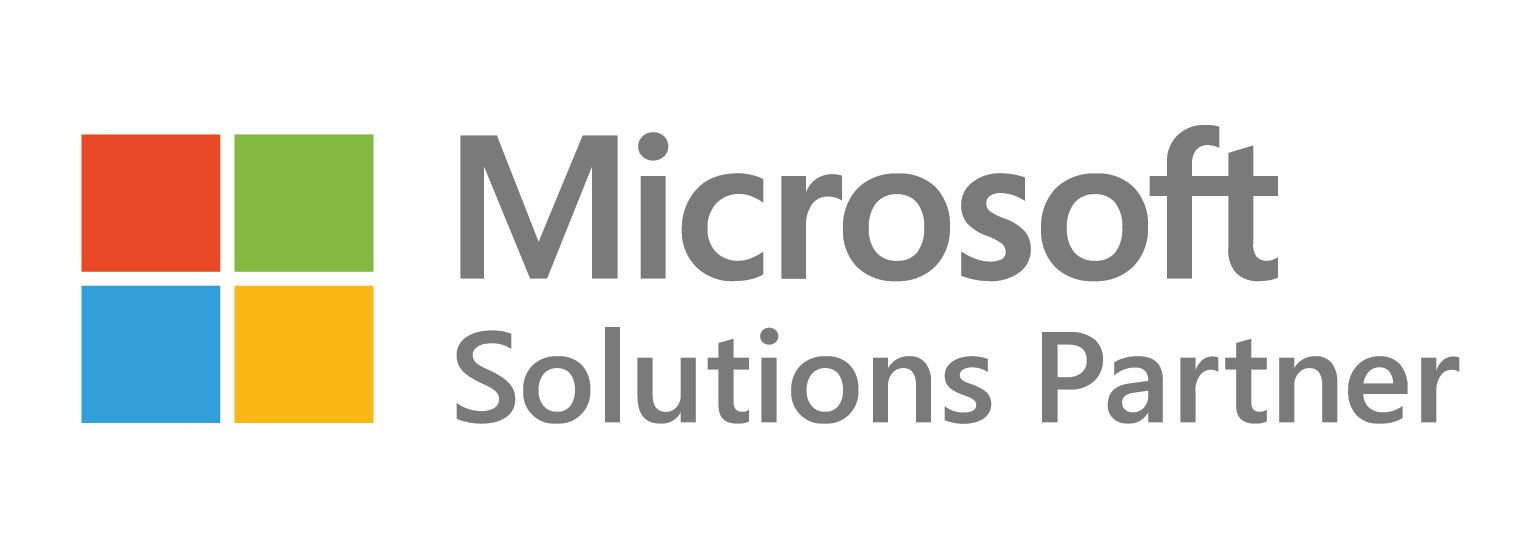Introduction to Dynamics 365

Dynamics 365 was introduced in 2016 when Microsoft merged its ERP and CRM applications, Dynamics AXE and Dynamics CRM, to form Dynamics 365.
Microsoft was among the earliest companies to offer an integrated solution.
Given the dynamic nature of business and the likelihood of one-of-a-kind circumstances, it is becoming increasingly essential for software and solution providers to develop applications that accommodate the changing trends.
Dynamics 365 is a comprehensive suite of services that enables all-in-one solutions, eliminating the need to select and choose from the plethora of available options.
What is Microsoft Dynamics 365?
Dynamics 365 is a suite of intelligent business applications that enables businesses to become more agile and reduce complexity without incurring additional costs.
What can enterprise resource planning systems do?
Automate routine jobs.
Spend your time on what matters most by automating jobs that used to take time, effort, and resources.
Set up triggers and alerts, and assign jobs to the right people on your team.
Enterprise resource planning (ERP) systems are a key way for companies to coordinate the work of their many different departments.
Instead of having different processes, trouble communicating between departments, and old systems, your business will benefit from enterprise resource planning tools.
Offer a single source of information.
Enterprise resource planning systems help you stay on the same page with your assets, workers, and goals, no matter what your customers and partners need.
This means that your team can work better together.
Combine tasks
Through a single system, you can connect your warehouses, suppliers, subsidiaries, and teams. This gives you a full view of your supply chain all over the world.
Find places that need help.
When you can see everything going on in your business, you can quickly spot trends, slowdowns, or practical problems that need your attention.
This helps you keep your business running at its best.
What Are the Differences Between Microsoft Office 365 And Dynamics 365?
Microsoft Office 365 is just a set of tools for work that are stored in the cloud. These tools include Mail, Word, PowerPoint, and others. Also, Microsoft 365 is a package of services that includes Office 365 and a number of other services, like Windows 10 Enterprise.
Microsoft Dynamics 365 Service is an all-in-one business solution for small and medium-sized businesses that combines people and processes in ways that have never been done before. It has a number of new and useful features and functions that help businesses reach their business goals, change more quickly, and get better results.
Versions of Microsoft Dynamics 365 and their features
- Microsoft Dynamics 365, sometimes known as D365, is a collection of linked services and apps.
- This modular Software as a Service (SaaS) apps were created to assist you in supporting your staff, primary clients, and business operations.
- D365’s features are the consequence of its seamless integration of CRM and ERP functionalities.
- This makes it easier for the applications to combine your data and business logic to streamline business processes.
- D365’s functionality as an application eliminates the inconvenience of having separate applications for sales and marketing tasks. Instead, D365 equips companies with automated sales and marketing tools that are incorporated into the operational framework.
- In essence, this prioritizes, links, and aids in the conversion of the leads. D365 delivers a wide ecosystem of features on a dependable and certified platform because it is based on the Azure platform.
- Azure and D365 are naturally connected.
- This gives customers seamless user management and unified control across all Microsoft 365 productivity apps.
Is It Possible to Integrate Microsoft Office 365 and Dynamics 365?
Microsoft has customized its many products to suit the unique needs of each business. Microsoft Office is the most extensively used software, and when combined with Microsoft Dynamics, it becomes significantly more effective.
Several methods exist for integrating Office 365 features with Microsoft Dynamics 365:
Integrate Microsoft Excel and Microsoft Dynamics applications.
Excel has limitations, and the limitations are most apparent when updating multiple records. By connecting Excel and Dynamics 365, you can digitally amend Excel records from within Dynamics 365 without having to edit them.
Dynamics 365 and Word for Windows
One of the most important reasons to combine Word and Dynamics 365 is the need for business documents with a professional appearance. Instead of wasting time creating new documents for similar records in Word and Dynamics 365, use templates in Microsoft Dynamics 365.
Dynamics 365 and OneNote by Microsoft
Microsoft’s OneNote program functions as a virtual notepad for taking notes on the go. The integration of OneNote and Dynamics 365 permits the addition and modification of messages within an action wall record via the web and mobile applications for specific entities.
Microsoft Dynamics 365 and Microsoft Teams
Microsoft Teams enables the management of all interactions, data, and tools within a single collaborative workspace. After connecting Dynamics 365 and Microsoft Teams, users can interact with Common Information Service client information and transfer files directly from the application.
What does “Common Data Model” in Microsoft Dynamics 365 mean?
Typically, enterprise software’s data handling techniques and database format are unique to the software with which it will be used, limiting the application’s compatibility with other external applications that you might prefer.
In addition, customized databases are difficult to integrate and enhance, so Microsoft appears to be moving in a different direction towards standardized and consistent database schemas. Any new solution that Microsoft deploys under the Dynamics 365 umbrella is available to all customers. The only distinction is that users will access applications through the new Microsoft AppSource store.
Consequently, the Common Data Model will permit integration with all Microsoft applications and any other applications utilizing a standard API.
What are Microsoft Dynamics 365’s applications?
Microsoft Dynamics 365 can be used for the following:
Connecting people, processes, and data across multiple applications, including Microsoft Dynamics 365, Office 365, LinkedIn, and Azure, to create a cohesive business
With built-in AI, analytics, and action suggestions, you can make more informed choices.
Adapting the application to your requirements as opposed to modifying your business strategy With the Microsoft Power Platform, you can integrate most applications with existing systems and even customize them.
Modernize your approach by integrating AI, mixed reality, social, and mobile capabilities for business innovation on the cutting edge.
What are Dynamics 365 modules and applications?
The following Microsoft Dynamics 365 applications and capabilities are available to businesses:
Customer Perspectives
This module integrates customer data from Microsoft Dynamics 365, Office 365, and third-party data sources and enables users to extract actionable insights from this data. The module also contains Power BI for data analysis and visualisation. Consumer behavior patterns and trends can be identified using artificial intelligence tools, which can then be used to generate predictive data.
Customer Support
Dynamics 365 provides multichannel tools for consumer engagement, tools for self-service and self-care portals, and tools for community engagement and support agents
The Field Service Component of Dynamics 365 is primarily used for resource planning and scheduling, contract and inventory management, Internet-connected product insights, and customer communication tools.
Budgeting and Operations
This module of Dynamics 365 provides financial management tools for reporting and analytics. In addition, it contains manufacturing tools for project management, production planning, scheduling, and cost management, as well as warehouse and inventory control tools for the supply chain management.
Marketing Dynamics 365 integrates
Dynamics CRM and Adobe Marketing Cloud to provide campaign management and personalised, targeted marketing tools tailored to your specific requirements.
Service Automation Project
In a single product, automate project planning, resource scheduling, time and cost management, and service analytics. Gets you what you need while streamlining administration.
Reta
integrated business tools, employee and store management, inventory management, and operational insights.
Sales
The sales module provides visibility into prospective customer sources, personalization of service and customer engagement data, and sales productivity and performance metrics across multiple platforms, including Dynamics Magento and Dynamics Shopify.
Summary
Dynamics 365 is a cloud-based suite of business applications from Microsoft that includes modules for sales, customer service, field service, project service automation, finance and operations, marketing, and human resources. It provides a unified platform for organizations of all sizes to manage their operations, automate processes, collaborate with teams, and gain insights into their business. Dynamics 365 integrates with other Microsoft products such as Office 365, Power Platform, and Azure to provide a comprehensive solution for digital transformation.



